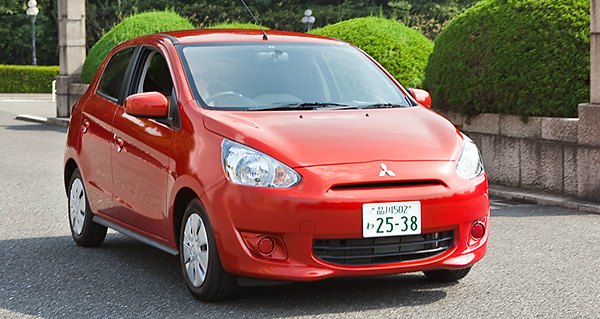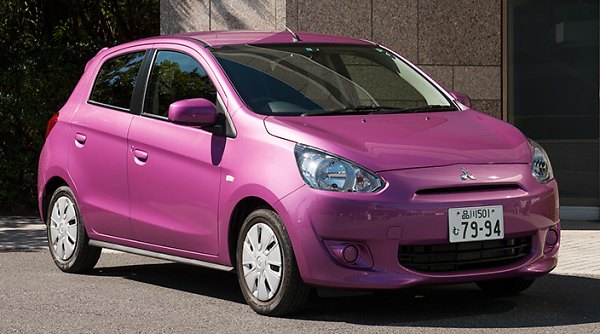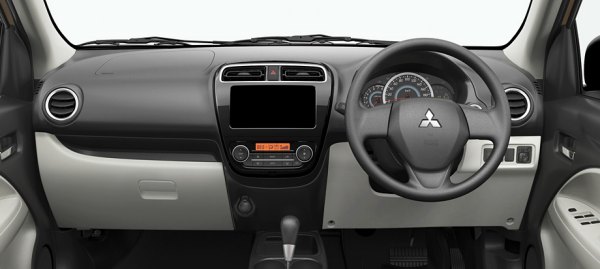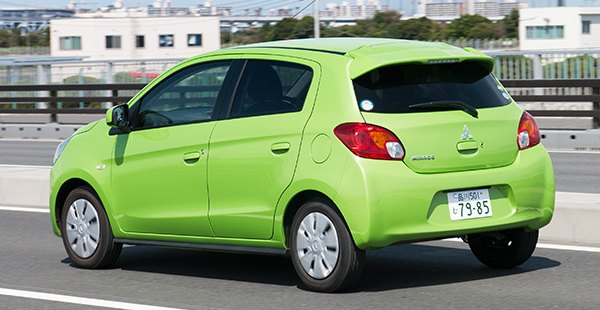|
|
|
Published
on 8
Jan 2013
|
All rights reserved.
|
|
|

|
Mitsubishi has a
glorious history of building highly sophisticated and desirable cars,
such as Galant VR4, GTO, FTO and Lancer Evo. Since the burst of bubble
economy in the 1990s it got more realistic, but it still strived to
build the best products in the form of i and Colt. However, life is
getting more and more difficult to the independent Japanese car maker
as it is troubled by strong yen and the lack of economy of scale.
Sliding sales led to the closure of its Dutch factory as well as the
killing of Colt, Galant and Eclipse. Its thin chance of turnaround is
increasingly dependent on the business growth in developing countries.
Among them Thailand is the focus. A Thai worker earns just US$300 a
month, and government policies encourage the development of automotive
industry. Therefore Mitsubishi invested heavily into the country to
turn it into its export hub. Currently it has 3 assembly plants there
with a total capacity of 460,000 units a year. A small portion of the
production is consumed locally while the rest is exported to other
ASEAN countries, Australia, Europe and back to Japan. The third plant
was built just last year for the production of the new Mirage small
car. At full capacity, it could roll off 150,000 Mirages a year.
 |
Naturally, the new Mirage cannot be a direct replacement to the Dutch
and Japanese-built Colt. It gets smaller, simpler and a lot cheaper so
that it can please the demand of developing countries. The philosophy
is not unlike Nissan March (Micra), which is also built in Thailand.
Like the Nissan, it opts for a jellyfish styling which lacks character
and looks cheap at certain places. However, at least the body is
aerodynamically sleek, with a Cd as low as 0.27, and the car is
designed to be very space efficient. While its external size stands
midway between A and B-segment cars, its interior offers B-segment
level of accommodation. Four adults can seat reasonably comfortably,
though the 235-liter boot is on the small side and access is not too
convenient through the small tailgate with high load sill. Thai parts
suppliers are not renowned for quality control, thus it is not a shock
to see the interior is full of hard and shiny plastics. The base car is
spartan, but Japanese and European customers can get "luxury" features
like a lacquered center console, infotainment system, keyless entry,
stability control and auto engine stop-start. Otherwise, the interior
is conventional. It lacks the flexible seating/loading layout of Colt
or typical Japanese Kei-cars.

|
To emphasize fuel economy, the Mirage is powered by a pair of
3-cylinder motors with either 1.0 or 1.2 liter of capacity. They have
DOHC 12 valves and dual-continuous VVT (dubbed MIVEC again) yet produce
only 69 and 81 horsepower, respectively. Nevertheless, as the car
weighs only around 850 kg, performance is okay. What it fails to
impress is refinement. Mitsubishi's 3-pot motor is not as smooth and
quiet as those of Volkswagen Up 1.0, Peugeot 208 1.2 VTi, Renault Clio
0.9 TCe or Nissan March 1.2. It is quite noisy at high rev, something
made more obvious by the car's lack of sound deadening. Likewise, the
Invecs-III CVT tends to keep the engine at its vocal power band under
hard acceleration or high-speed running. The lack of NVH suppression is
also evident in the excessive wind and road noise transmitted into the
cabin. This separates an old-school cheap mini car from modern
superminis.

|
Use it strictly as a city car and the Mirage may be praised for its
easy going manner. Its light steering, CVT, compact size and tight
turning circle enable it to be driven and parked easily. However, the
same can be said to many small cars, too. If you want some excitement,
you will probably dislike its soft suspension, which bounces over big
bumps and leads to dramatic body roll in corners. The electric power
steering with column-mounted motor is equally disgusting with its
vagueness, lightness and slow reaction. Its handling is hard to engage
the driver.
Lacking dynamics and refinement, the new Mirage trails a long way
behind B-segment class leaders like Clio, Fiesta and Polo. However, its
trump card is low price, which should place it closer to the territory
of Volkswagen Up, Fiat Panda and Kia Picanto. Still, I would definitely
choose the latter camp as they don't look and feel as cheap as the
Mitsubisihi.
|
Verdict:   |
|
|
|
|
|
|
|
|
|
|
Mirage
1.0
|
2012
|
| Front-engined,
FWD |
| Steel monocoque |
| Mainly steel |
| 3710 / 1665 / 1490 mm |
| 2450 mm |
Inline-3
|
| 999 cc |
DOHC 12 valves, DVVT
|
| - |
| - |
69 hp
|
63 lbft
|
CVT or 5-speed manual
|
F: strut
R: torsion-beam
|
-
|
| 165/65R14 |
5M: 845 kg
CVT: 860 kg
|
5M: 107 mph (c)
CVT: 103 mph (est)
|
5M: 13 (est)
CVT: 14 (est)
|
-
|
|
Mirage
1.2
|
2012
|
| Front-engined,
FWD |
| Steel monocoque |
| Mainly steel |
| 3710 / 1665 / 1490 mm |
| 2450 mm |
Inline-3
|
| 1193 cc |
DOHC 12 valves, DVVT
|
| - |
| - |
80 hp
|
78 lbft
|
CVT or 5-speed manual
|
F: strut
R: torsion-beam
|
-
|
| 165/65R14 |
5M: 860 kg (est)
CVT: 875 kg (est)
|
5M: 112 mph (c)
CVT: 108 mph (c)
|
5M: 11 (est)
CVT: 12 (est) / 12.0* / 10.9**
|
-
|
|
|
|
|
|
|
Performance
tested by: *MT, **C&D
|
|
|
|
|
|
|
|
|
|
|
General models

|
|
|
Copyright©
1997-2013
by Mark Wan @ AutoZine
|
|